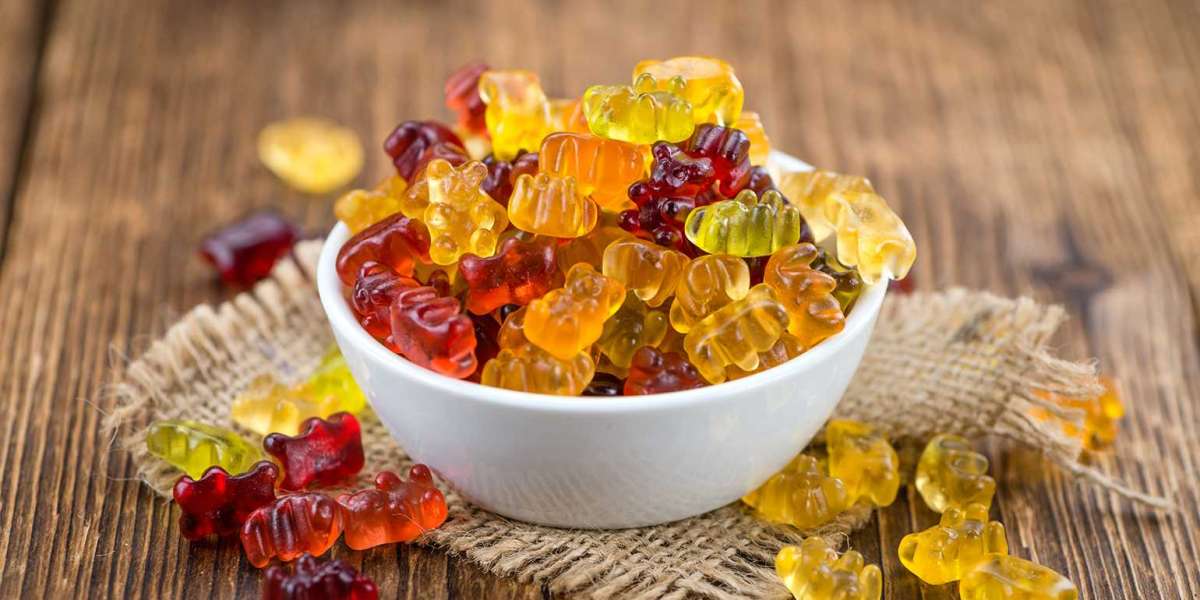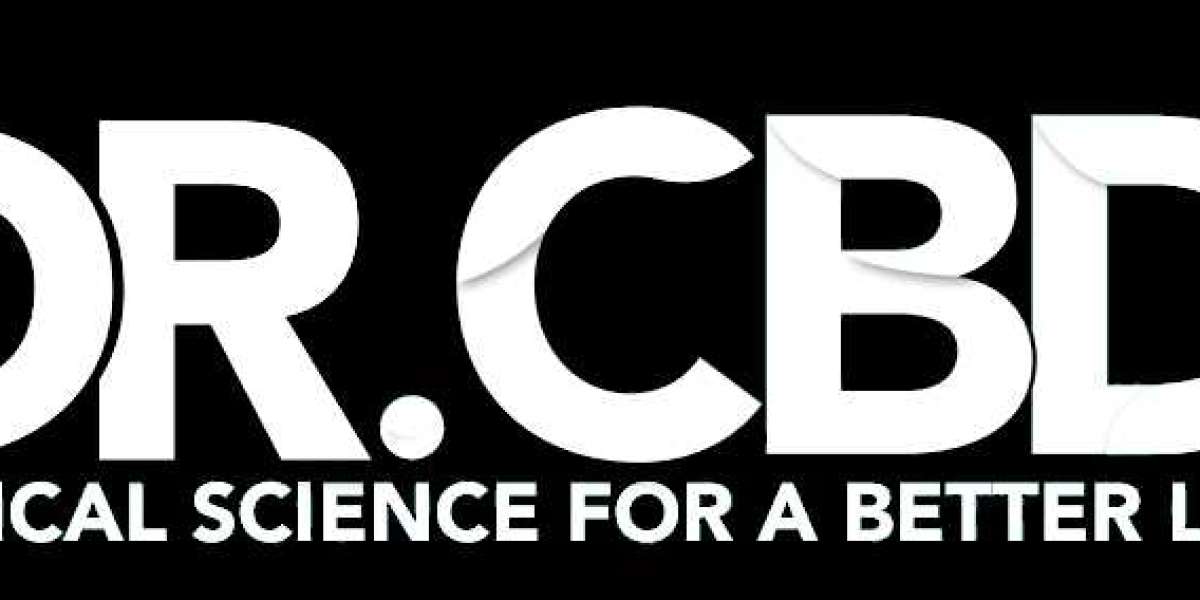Horticulture Lighting
Horticulture lighting is the application of artificial light to support and optimize plant growth, primarily in controlled environments such as greenhouses and indoor farms. As the global demand for sustainable and efficient agriculture rises, horticulture lighting has become a critical tool in improving crop yield, quality, and year-round production.
Using advanced lighting technologies—particularly LED systems—growers can replicate or supplement natural sunlight, enabling plant growth in environments with limited or no natural light. This approach is revolutionizing traditional farming practices, especially in urban areas, vertical farms, and regions with harsh climates.
The Horticulture Lighting Market includes lighting solutions designed to support plant growth in controlled environments. Technologies include LED and high-pressure sodium lamps used in greenhouses and indoor farms. The market is growing due to increased urban farming, controlled environment agriculture, and demand for year-round crop production.
What Is Horticulture Lighting?
Horticulture lighting involves using specific light spectrums to stimulate photosynthesis and influence various stages of plant development—germination, vegetative growth, flowering, and fruiting. Plants primarily use light in the photosynthetically active radiation (PAR) range, which spans wavelengths from 400 to 700 nanometers.
Artificial grow lights must deliver the right intensity and spectral composition for different plant types and growth stages. These lighting systems are carefully engineered to match the light absorption characteristics of plants, optimizing energy use and maximizing productivity.
Types of Horticulture Lighting Technologies
Fluorescent Lights
Commonly used for seed starting and low-light houseplants. They are inexpensive but not very energy-efficient or powerful for large-scale cultivation.High-Intensity Discharge (HID) Lights
Includes Metal Halide (MH) and High-Pressure Sodium (HPS) lamps. HPS lights are popular in greenhouses due to their intense output, though they generate significant heat and consume more power.Light Emitting Diodes (LEDs)
The most advanced and efficient horticulture lighting technology. LEDs offer precise spectrum control, low heat output, and long lifespans. They are highly customizable and well-suited for vertical farming and research environments.Plasma and Induction Lamps
Less common but used in specific research and commercial setups. They offer full-spectrum light with moderate efficiency.
Benefits of Horticulture Lighting
Year-Round Crop Production
By decoupling plant growth from natural light cycles, growers can produce food and flowers throughout the year regardless of climate or season.Optimized Plant Growth
Tailored lighting spectrums enhance growth rates, yield, and plant health. For instance, blue light promotes vegetative growth, while red light stimulates flowering and fruiting.Energy Efficiency
Modern LED systems consume significantly less energy compared to traditional lighting, reducing operational costs and environmental impact.Space Utilization
Indoor and vertical farms using horticulture lighting can grow more crops in smaller areas, making agriculture feasible in urban and industrial settings.Reduced Water and Pesticide Use
Controlled environment agriculture (CEA) supported by artificial lighting often leads to better water use efficiency and reduced need for chemical treatments.
Applications of Horticulture Lighting
Greenhouses
Supplement natural sunlight during low-light seasons or in regions with short daylight hours.Vertical Farms
Use stacked layers and full artificial lighting to maximize space and control growth conditions.Research Laboratories
Study plant biology, genetics, and responses to different light spectrums.Cannabis Cultivation
Legal cannabis industries invest heavily in precision lighting to control potency, yield, and growth cycles.Home and Hobby Gardens
Allow urban dwellers to grow herbs, vegetables, and ornamental plants indoors.
Challenges in Horticulture Lighting
High Initial Investment
While operating costs are lower, advanced LED systems have higher upfront costs, which may be a barrier for small-scale growers.Complex System Management
Optimizing light intensity, spectrum, and photoperiod requires technical knowledge and precise control systems.Heat Management
Although LEDs emit less heat, large-scale setups still require ventilation and cooling strategies to maintain optimal temperatures.Power Consumption
Energy use remains a significant consideration, especially in areas with high electricity costs or limited infrastructure.
Trends and Innovations
Smart Lighting Systems
Integration with sensors and automation platforms allows real-time control of light levels based on plant needs and growth stages.Dynamic Spectrum Tuning
Advanced LEDs can adjust their spectrum in real-time, mimicking natural light cycles or enhancing specific plant traits.Sustainable Energy Integration
Pairing horticulture lighting with solar or other renewable energy sources is becoming common to reduce carbon footprints.AI and Data Analytics
Machine learning models are being used to analyze plant responses to light and improve lighting strategies for better outcomes.
Conclusion
Horticulture lighting is transforming the way we grow plants by enabling efficient, high-quality crop production in controlled environments. As LED technology advances and the demand for local, sustainable food sources increases, horticulture lighting will play a central role in the future of agriculture. Whether in greenhouses, urban vertical farms, or research facilities, intelligent and energy-efficient lighting systems are paving the way for a new era of precision farming.
Related Reports:
| Italy Wearable Technology Market |
| Germany Wearable Technology Market |
| France Wearable Technology Market |
| Europe Wearable Technology Market |
| UK Led Lighting Market |



